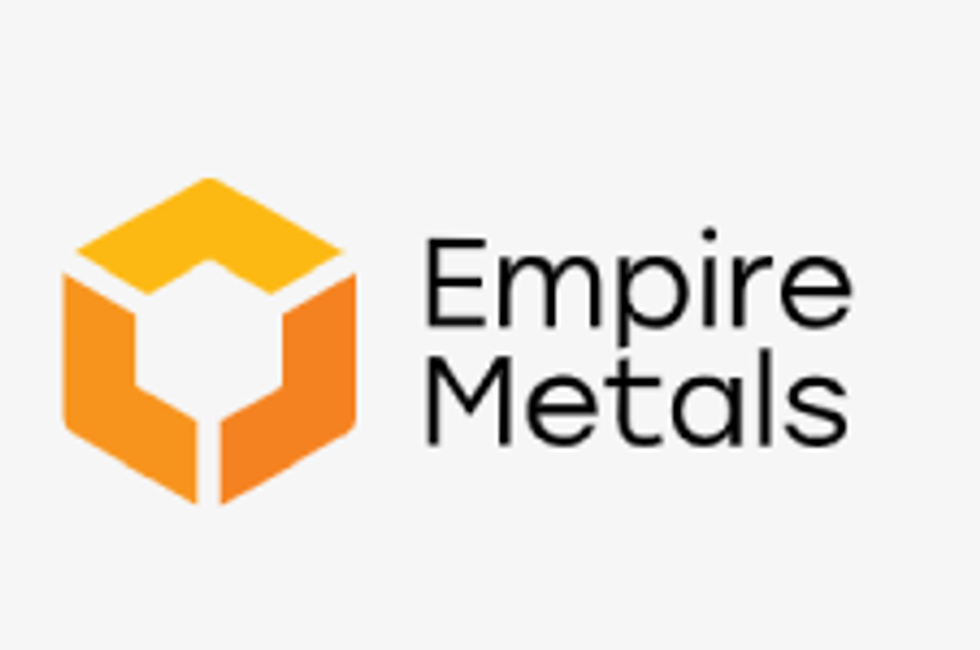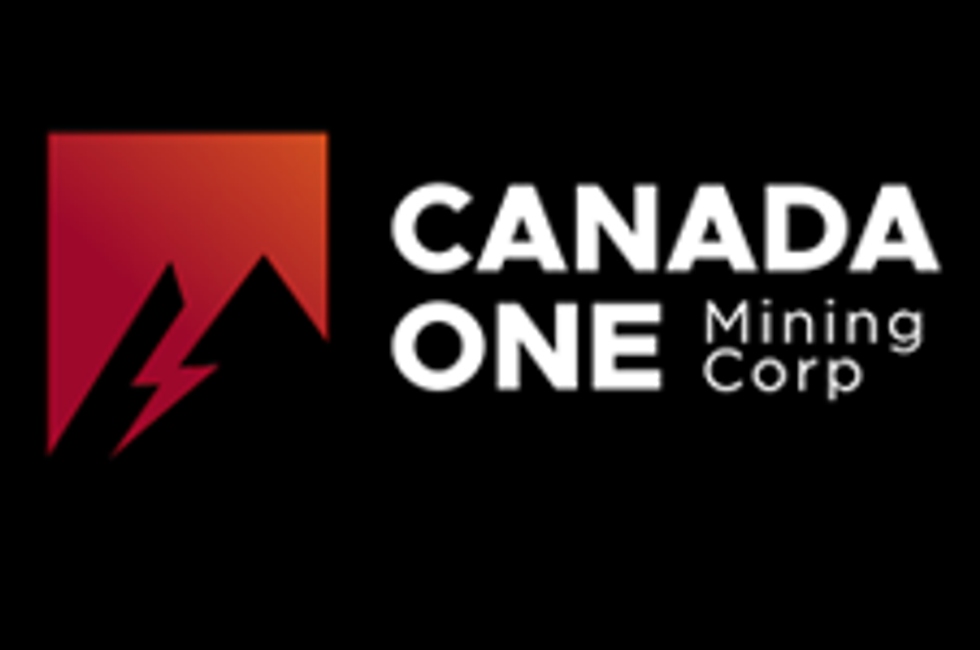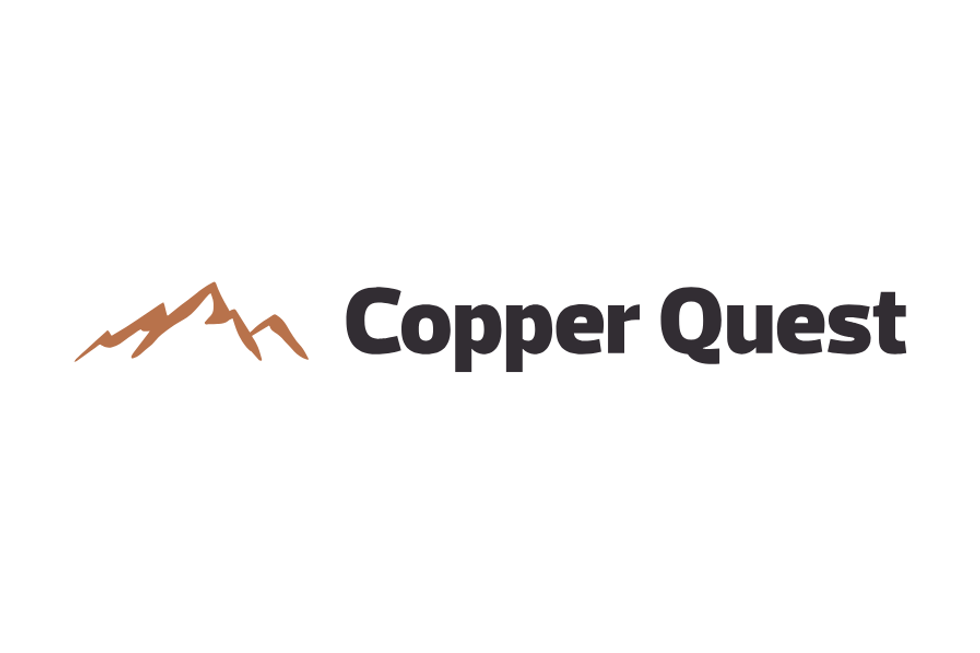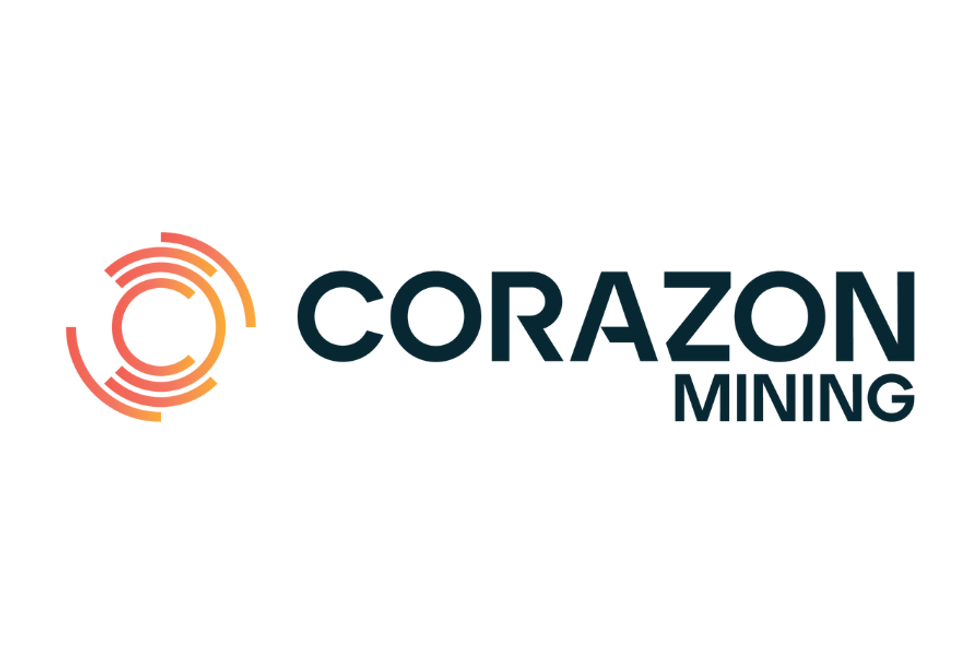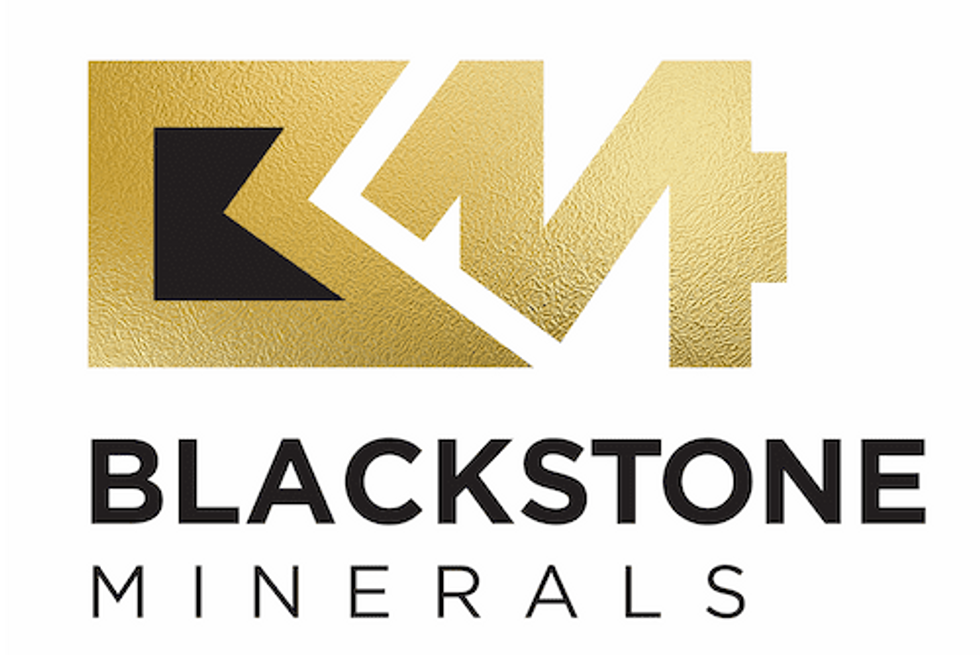Stripping Ratios: What Are They and Why Are They Important?
Stripping ratios aren’t often discussed, but they can be an early and important indicator for mining projects. Here’s what investors should know about them.
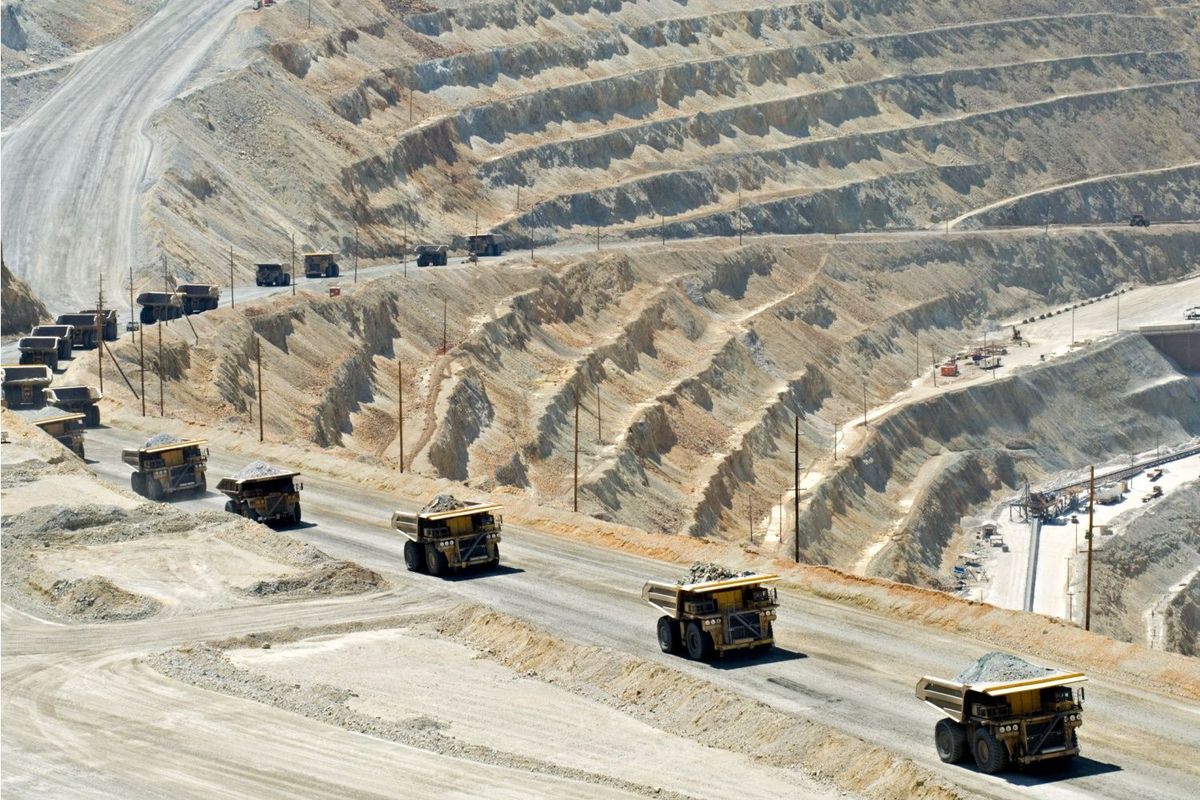
A strip ratio, or stripping ratio, is an important measurement related to the open-pit mining process.
Put simply, the stripping ratio is the amount of waste material, also known as overburden, that must be moved in order to extract a given amount of ore.
That said, stripping ratios are not only about the volume of unwanted material present at a site; they also take into account the types of material that must be removed to reach the ore. After all, moving lightweight material like sand or dirt is simpler than moving hard rock.
Here's a look at how stripping ratios are calculated alongside some examples of mines and projects with low or high stripping ratios.
How to calculate stripping ratios?
At the most basic level, the strip ratio formula involves dividing overburden thickness by ore thickness. For example, an overburden thickness of 100 meters and an ore thickness of 50 meters would yield a strip ratio of 2:1. That means mining 1 cubic meter of ore would require mining 3 cubic meters of overburden.
The stripping ratio of a deposit may be used, in part, to gauge how profitable it may be. The lower the strip ratio the better, since a low strip ratio translates into lower mining costs and good prospects for profitability.
Conversely, a project with a very high strip ratio likely will not be profitable. In this case, the unwanted material is much greater than the amount of ore that can potentially be extracted, making it too expensive to mine.
Ore quality is another consideration in stripping ratios in mining. That’s because if a deposit contains low-quality ore, more of it must be mined in order to achieve a return on investment.
It should be noted that every deposit is different, and a project that benefits from another factor — for example, having high grades — can potentially support a higher strip ratio. Generally speaking, there is an inverse relationship between reserve grade and strip ratio.
With all of this in mind, mining companies calculate strip ratios for open-pit projects well before they enter development and production, and tend to seek out projects with relatively low strip ratios. Even so, given all the factors involved in calculating a strip ratio, it’s difficult to determine an overall ideal figure. In the case of a "typical" large, low-grade copper porphyry deposit, a strip ratio below 3:1 is generally considered good.
What are some examples of stripping ratios?
Mines with good strip ratios over the life of mine include Lundin Mining’s (TSX:LUN,OTC Pink:LUNMF) Candelaria copper-gold-silver mine in Chile at 2.1:1, and Hudbay Minerals (TSX:HBM,NYSE:HBM) subsidiary Copper Mountain Mining’s copper mine in Canada at 2.77:1.
Goldsource Mines’ (TSXV:GXS,OTCQX:GXSFF,FWB:G5MA) preliminary economic assessment of its Eagle Mountain gold project in Guyana shows an average life of mine strip ratio of 2.1:1. World Copper's (TSXV:WCU) Zonia copper oxide project in Arizona reportedly has a very low strip ratio of 1.1:1 with a 0.07 percent cut off.
Western Copper and Gold (TSX:WRN,NYSEAMERICAN:WRN) has emphasized that its Casino copper-gold project in Canada's Yukon has a “truly impressive” life-of-mine strip ratio of 0.43:1.
It is also not unusual to see a high-grade volcanic massive sulfide deposit support a strip ratio greater than 5:1. For example, the high-grade Bisha copper mine in Eritrea posted a strip ratio of 5.4:1 in 2014. Similarly, the high-grade New Liberty gold mine in Liberia had a strip ratio of 15.5:1.
This is an updated version of an article originally published by the Investing News Network in 2014.
Don’t forget to follow us @INN_Resource for real-time news updates!
Securities Disclosure: I, Melissa Pistilli, hold no direct investment interest in any company mentioned in this article.
Editorial Disclosure: Western Copper and Gold and World Copper are clients of the Investing News Network. This article is not paid-for content.
- The Red-Hot Case for Copper as an Inflation Hedge (Updated 2024) ›
- Copper Ore Types: Sulfides vs. Oxides ›
- Top 10 Copper Producers by Country (Updated 2024) ›
- Alluvial Mining: Gold, Diamonds and Platinum ›
- The Ins and Outs of Patented and Unpatented Mining Claims in the United States ›

